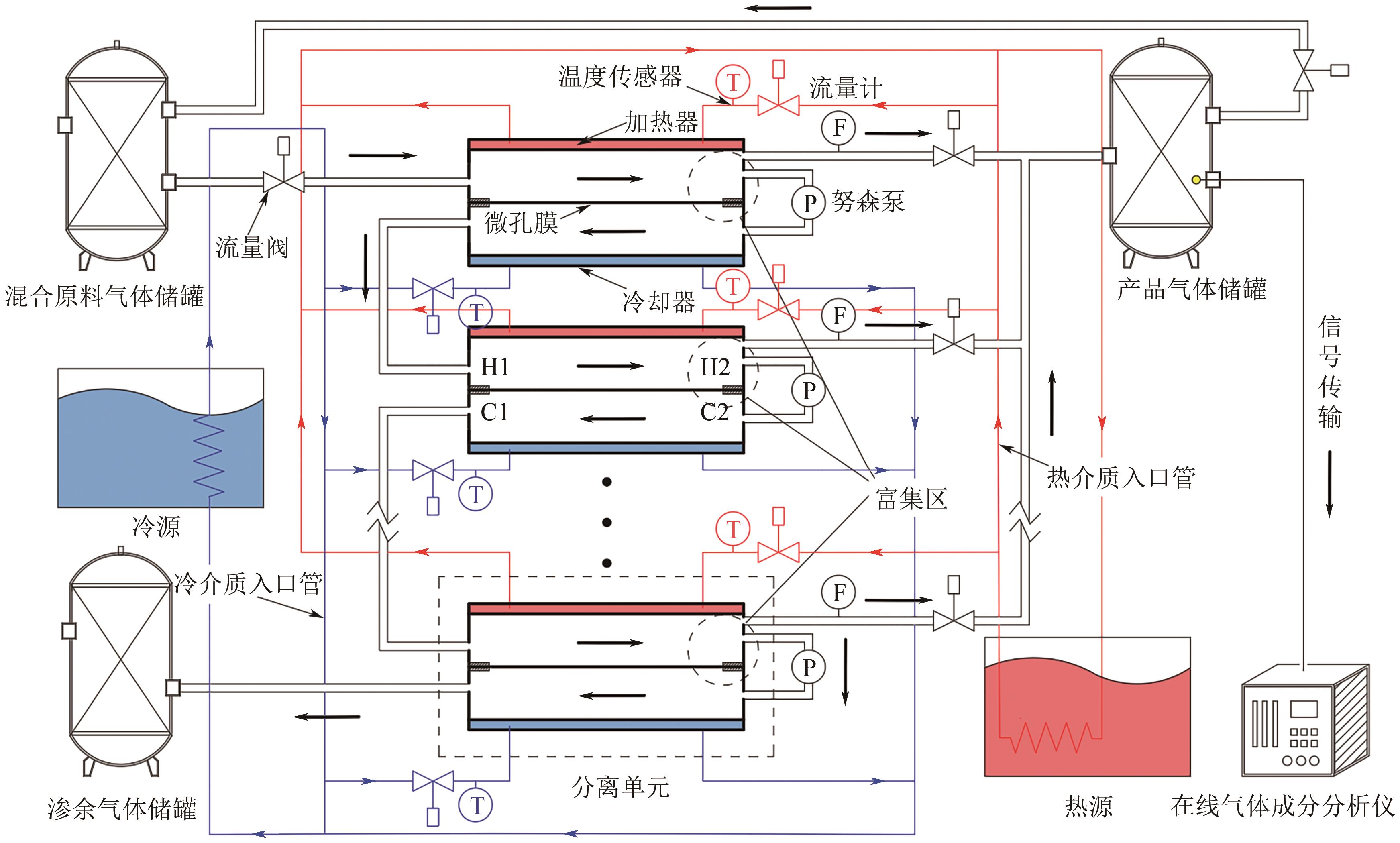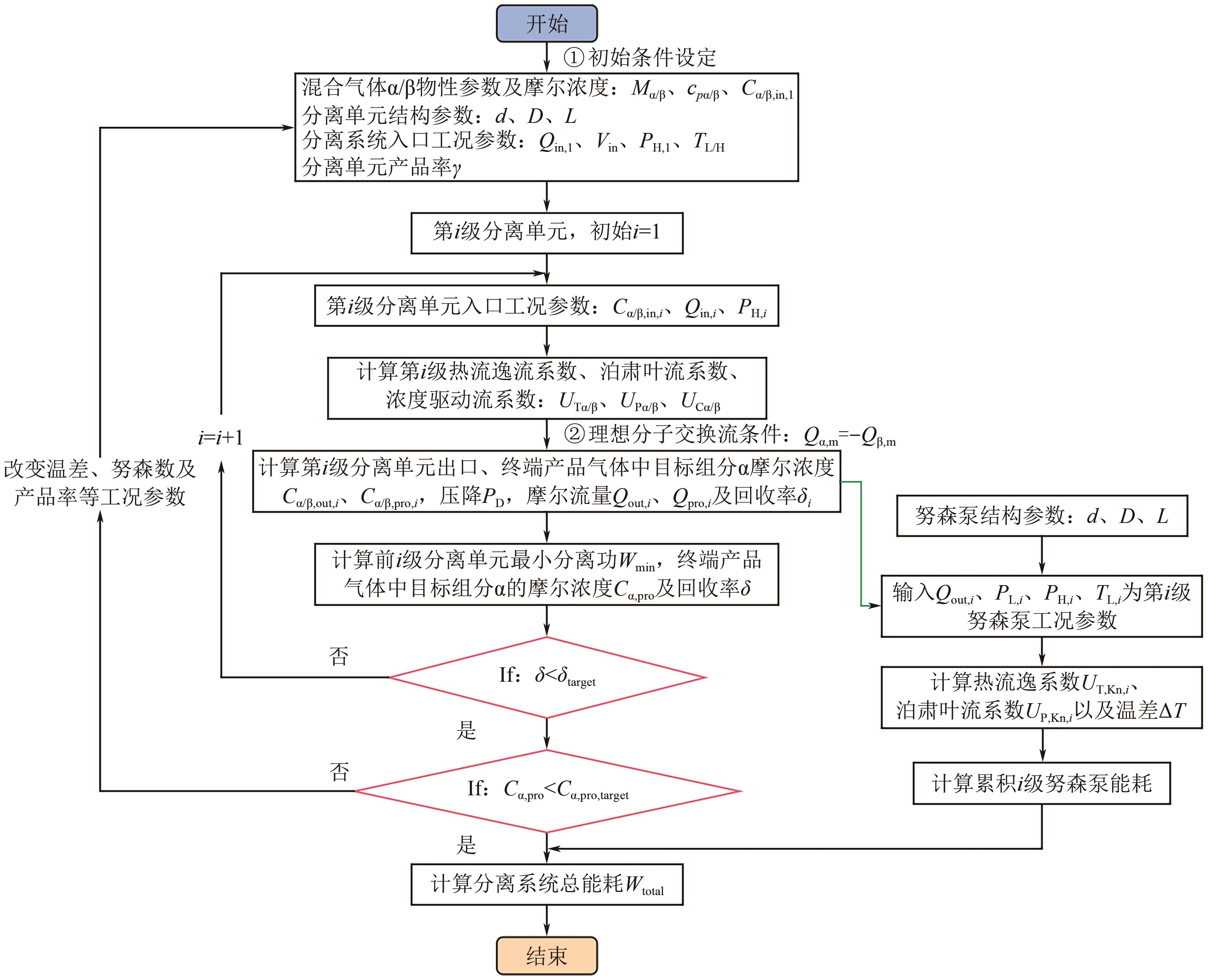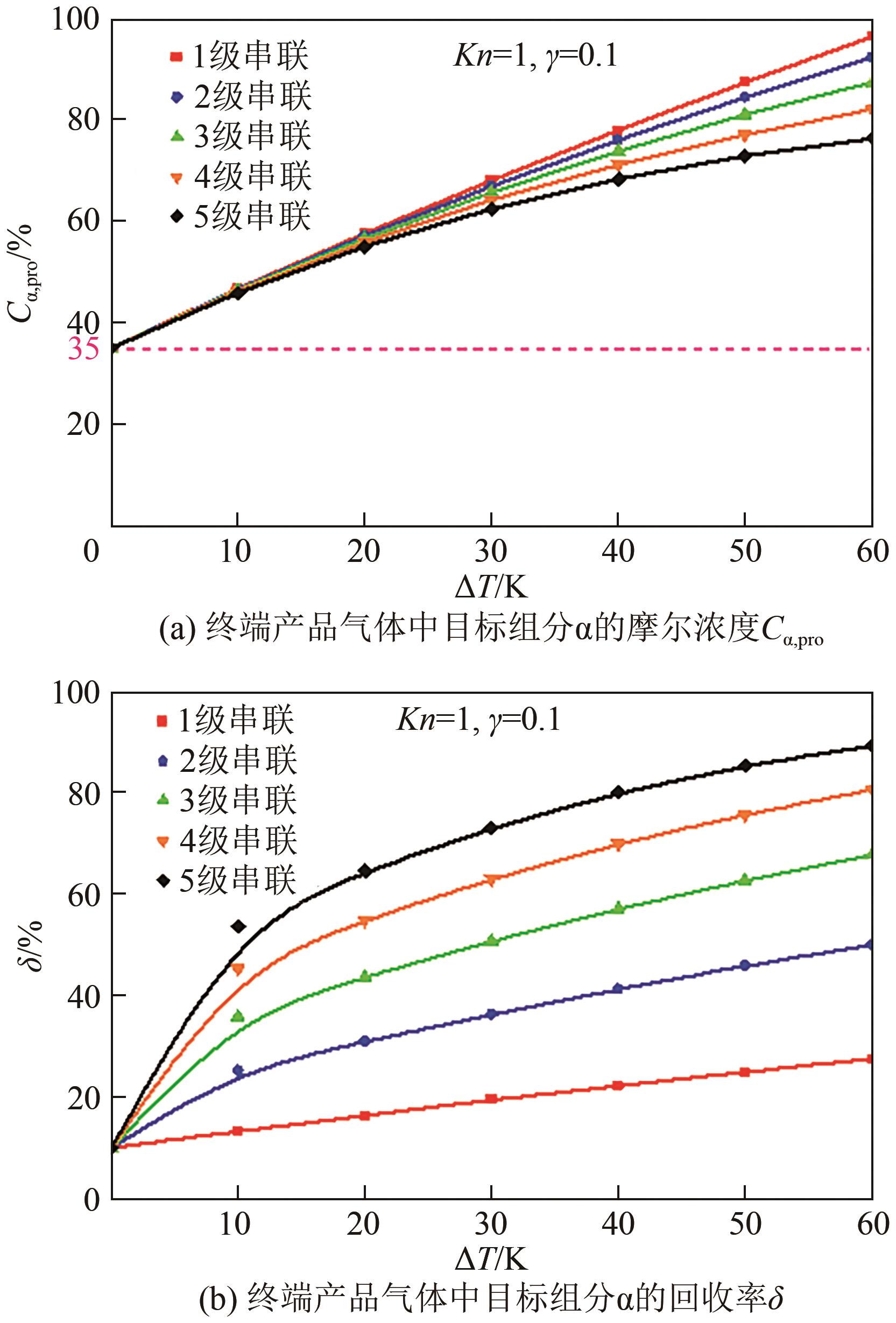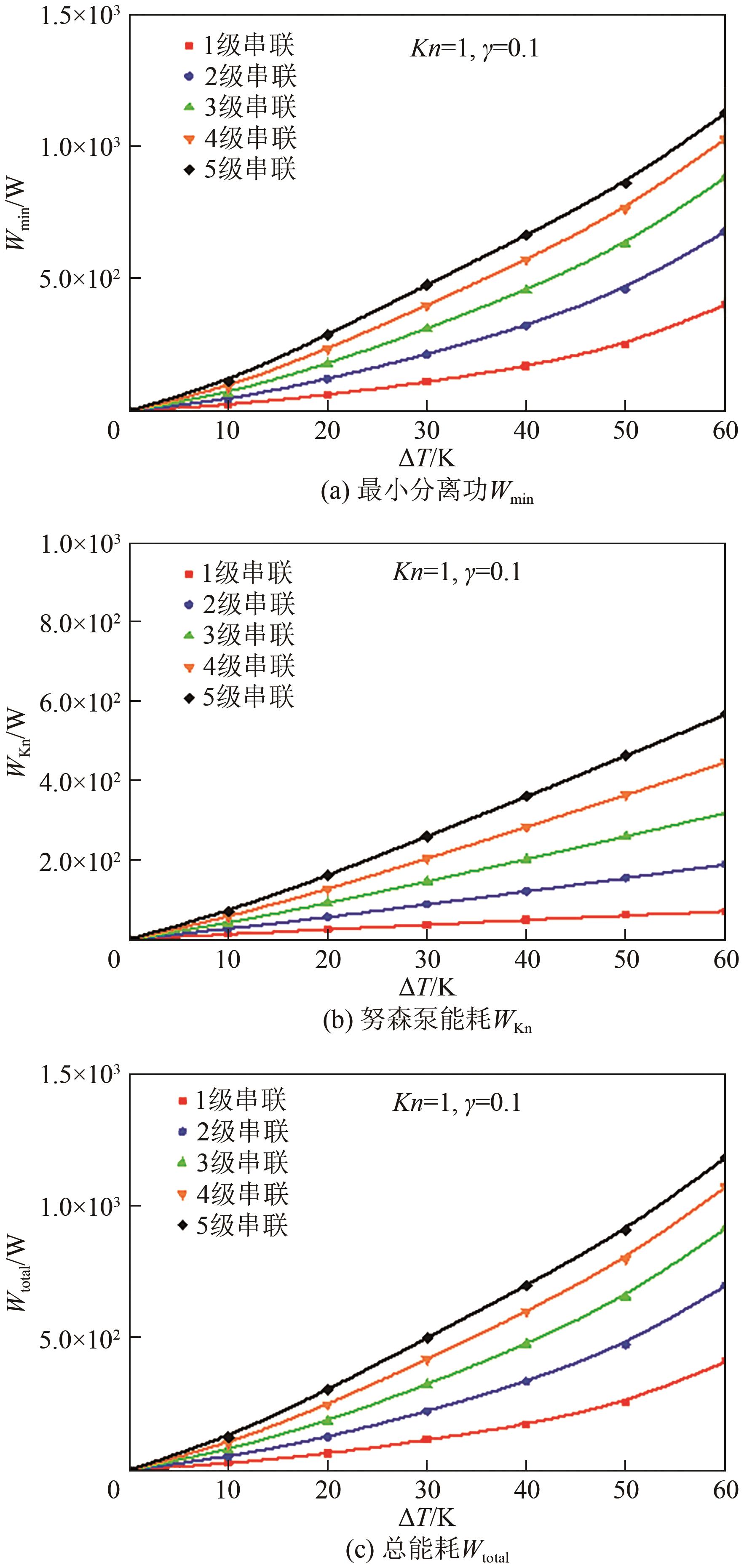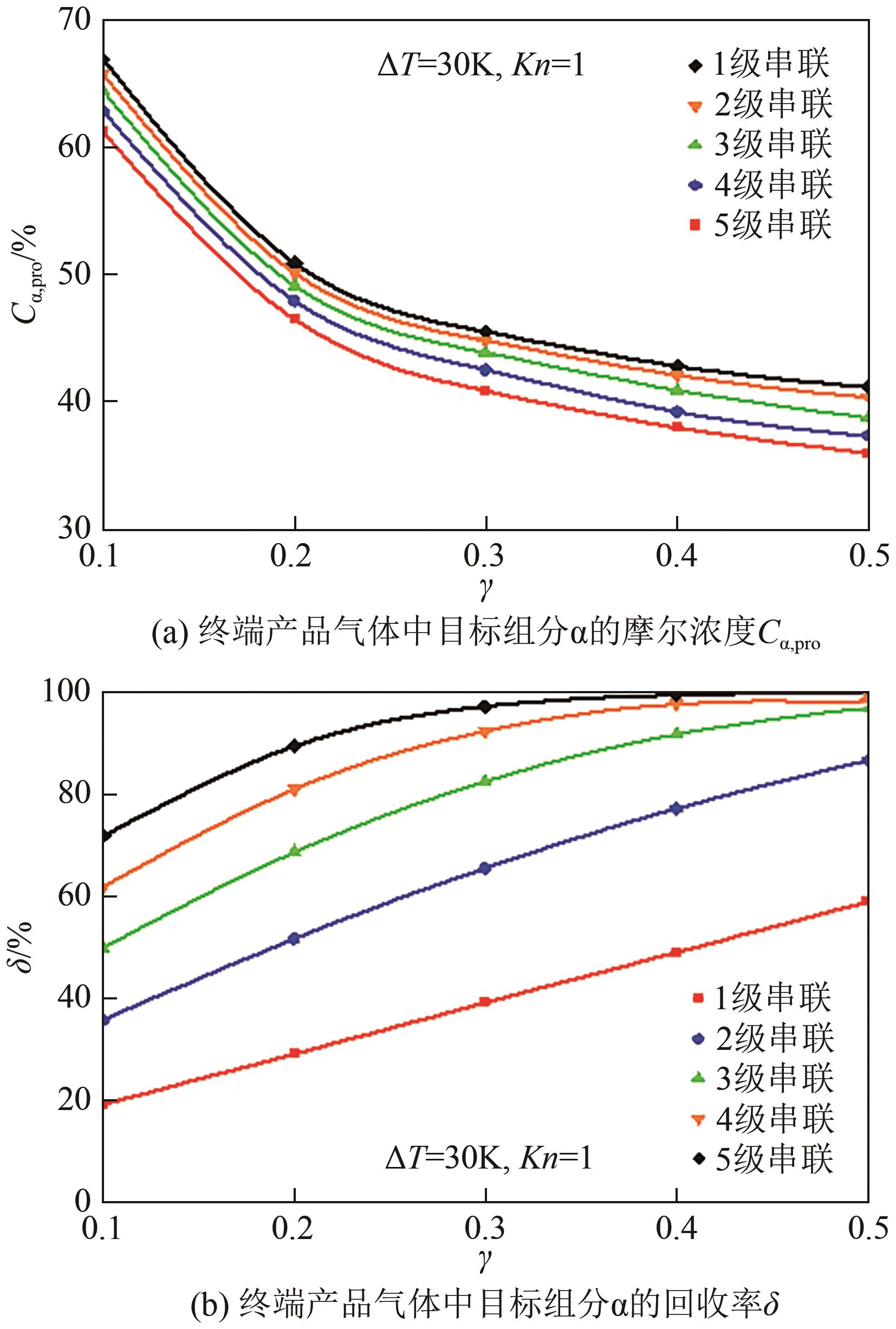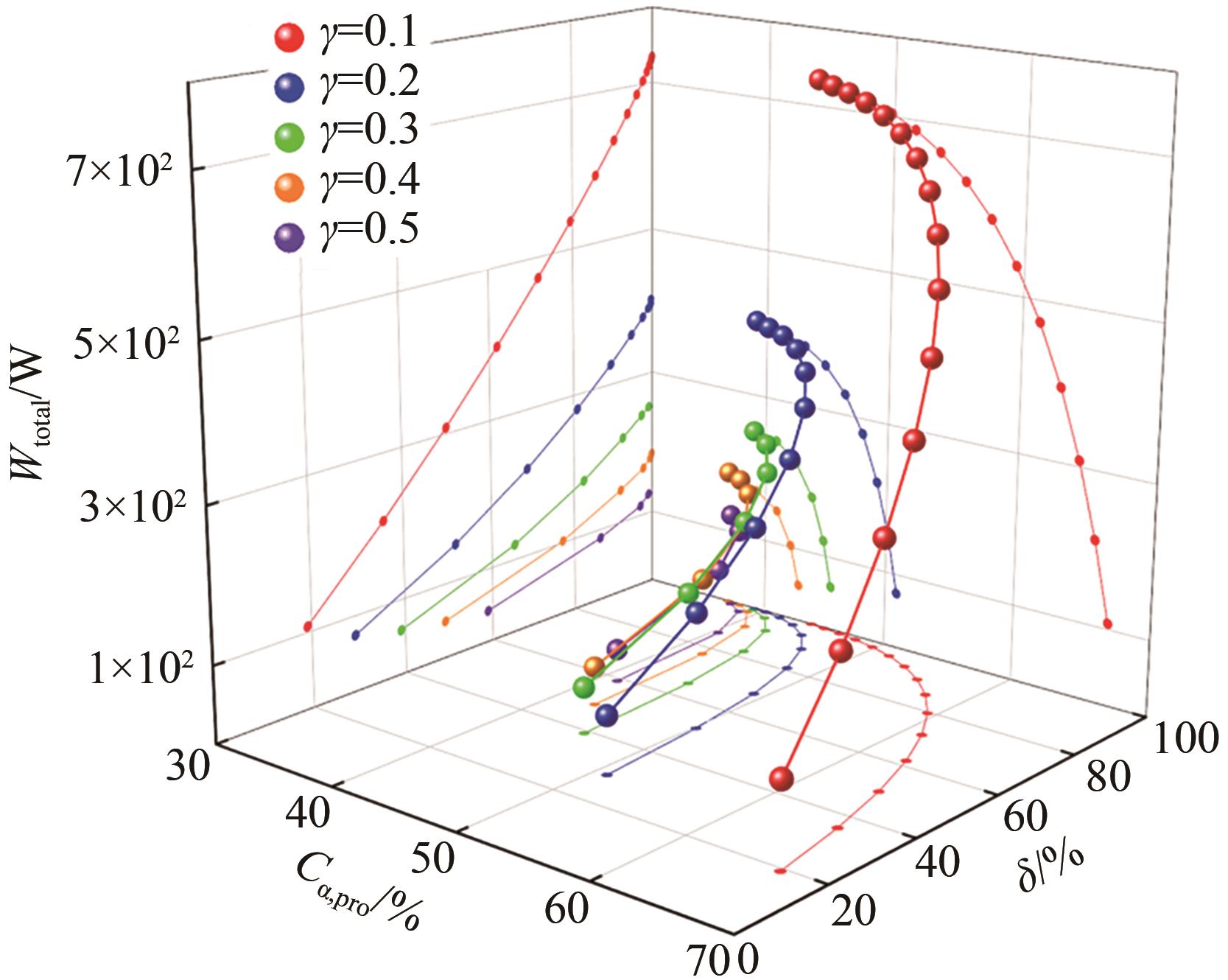| 1 |
赵辉. 气体分离膜技术及其在石油化工领域的应用[J]. 石油化工, 2023, 52(3): 412-417.
|
|
ZHAO Hui. Gas separation membrane technology and its application in petrochemical industry[J]. Petrochemical Technology, 2023, 52(3): 412-417.
|
| 2 |
NAKAYE Shoeji, SUGIMOTO Hiroshi. Demonstration of a gas separator composed of Knudsen pumps[J]. Vacuum, 2016, 125: 154-164.
|
| 3 |
YAKUNCHIKOV Artem, KOSYANCHUK Vasily. Numerical investigation of gas separation in the system of filaments with different temperatures[J]. International Journal of Heat and Mass Transfer, 2019, 138: 144-151.
|
| 4 |
KOSYANCHUK Vasily, KOVALEV Valery, YAKUNCHIKOV Artem. Multiscale modeling of a gas separation device based on effect of thermal transpiration in the membrane[J]. Separation and Purification Technology, 2017, 180: 58-68.
|
| 5 |
SUGIMOTO H, SHINOTOU A. Gas separator with the thermal transpiration in a rarefied gas[C]//AIP Conference Proceedings. Pacific Grove, California, USA: AIP, 2011: 784-789.
|
| 6 |
SUGIMOTO Hiroshi, HIBINO Masaya. Numerical analysis on gas separator with thermal transpiration in micro channels[C]//AIP Conference Proceedings. Zaragoza, Spain: AIP, 2012: 794-801.
|
| 7 |
NAKAYE Shoeji, SUGIMOTO Hiroshi, GUPTA Naveen K, et al. Thermally enhanced membrane gas separation[J]. European Journal of Mechanics - B/Fluids, 2015, 49: 36-49.
|
| 8 |
MENG Shida, LU Wei, ZENG Cheng, et al. Construction and analyses of molecular exchange flow for gas mixtures in microchannels[J]. Chemical Papers, 2022, 76(5): 3185-3199.
|
| 9 |
贺高红, 姜晓滨. 分离过程耦合强化[M]. 北京: 化学工业出版社, 2020.
|
|
HE Gaohong, JIANG Xiaobin. Coupling and intensification of separation processes[M]. Beijing: Chemical Industry Press, 2020.
|
| 10 |
许知洲, 卢苇, 张文杰, 等. 基于热流逸效应的串联式气体分离系统设计[J]. 化工进展, 2020, 39(6): 2336-2344.
|
|
XU Zhizhou, LU Wei, ZHANG Wenjie, et al. A design of cascade type gas separation system based on thermal transpiration effect[J]. Chemical Industry and Engineering Progress, 2020, 39(6): 2336-2344.
|
| 11 |
曾成, 卢苇, 蒙仕达, 等. 基于热流逸效应的燃煤电厂烟气二氧化碳分离系统[J]. 化工进展, 2022, 41(10): 5214-5220.
|
|
ZENG Cheng, LU Wei, MENG Shida, et al. Thermal-transpiration-effect-based carbon dioxide separation system for flue gas from coal-fired power plant[J]. Chemical Industry and Engineering Progress, 2022, 41(10): 5214-5220.
|
| 12 |
SHAO Junda, YE Jianjun, ZHANG Yuan, et al. Effect of the microchannel obstacles on the pressure performance and flow behaviors of the hydrogen Knudsen compressor[J]. International Journal of Hydrogen Energy, 2019, 44(40): 22691-22703.
|
| 13 |
李保军, 贺高红, 肖武, 等. 炼厂气回收过程中分离技术的能效分析[J]. 化工进展, 2016, 35(10): 3072-3077.
|
|
LI Baojun, HE Gaohong, XIAO Wu, et al. Analysis of energy efficiency of separation technology during a refinery gas recycling process[J]. Chemical Industry and Engineering Progress, 2016, 35(10): 3072-3077.
|
| 14 |
刘家祺. 传质分离过程[M]. 2版. 北京: 高等教育出版社, 2014.
|
|
LIU Jiaqi. Mass transfer separation process[M]. 2nd ed. Beijing: Higher Education Press, 2014.
|
| 15 |
ROSTAMI A A, MUJUMDAR A S, SANIEI N. Flow and heat transfer for gas flowing in microchannels: A review[J]. Heat and Mass Transfer, 2002, 38(4): 359-367.
|
| 16 |
KOSUGE Shingo, TAKATA Shigeru. Database for flows of binary gas mixtures through a plane microchannel[J]. European Journal of Mechanics-B/Fluids, 2008, 27(4): 444-465.
|
| 17 |
AHMAD Faizan, LAU K K, SHARIFF A M, et al. Process simulation and optimal design of membrane separation system for CO2 capture from natural gas[J]. Computers & Chemical Engineering, 2012, 36: 119-128.
|
| 18 |
覃日帅, 蒙仕达, 王博韬, 等. 多级热流逸式真空泵流量与压力特性分析[J]. 真空科学与技术学报, 2022, 42(11): 815-821.
|
|
QIN Rishuai, MENG Shida, WANG Botao, et al. Analysis of flow rate and pressure characteristics for multistage thermal transpiration based vacuum pump[J]. Chinese Journal of Vacuum Science and Technology, 2022, 42(11): 815-821.
|
| 19 |
YE Jianjun, YANG Jian, ZHENG Jinyang, et al. Rarefaction and temperature gradient effect on the performance of the Knudsen pump[J]. Chinese Journal of Mechanical Engineering, 2012, 25(4): 745-752.
|
| 20 |
MATSUMOTO Michiaki, NAKAYE Shoeji, SUGIMOTO Hiroshi. Gas separation by the molecular exchange flow through micropores of the membrane[C]//AIP Conference Proceedings. Victoria, BC, Canada: AIP Publishing, 2016: 080011-1-080011-8.
|
| 21 |
蒙仕达. 分子交换气体分离器设计及性能分析[D]. 南宁: 广西大学, 2022.
|
|
MENG Shida. Design and performance analysis of molecular exchange gas separator[D]. Nanning: Guangxi University, 2022.
|
| 22 |
HUSSAIN Arshad, May-Britt HÄGG. A feasibility study of CO2 capture from flue gas by a facilitated transport membrane[J]. Journal of Membrane Science, 2010, 359(1/2): 140-148.
|
| 23 |
BELAISSAOUI Bouchra, WILLSON David, FAVRE Eric. Membrane gas separations and post-combustion carbon dioxide capture: Parametric sensitivity and process integration strategies[J]. Chemical Engineering Journal, 2012, 211: 122-132.
|
| 24 |
FAVRE Eric. Carbon dioxide recovery from post-combustion processes: Can gas permeation membranes compete with absorption?[J]. Journal of Membrane Science, 2007, 294(1/2): 50-59.
|
| 25 |
徐燕洁. 用于烟气CO2捕集的双胺类少水吸收剂性能研究[D]. 杭州: 浙江大学, 2021.
|
|
XU Yanjie. Evaluation on diamine based water lean solvents for post-combustion CO2 capture[D]. Hangzhou: Zhejiang University, 2021.
|
| 26 |
张嘉伟, 顾文波, 张富龙. 基于化学吸收法的二氧化碳捕集技术研究进展[J]. 低碳化学与化工, 2023, 48(4): 96-106.
|
|
ZHANG Jiawei, GU Wenbo, ZHANG Fulong. Research progress of carbon dioxide capture technology based on chemical absorption method[J]. Low-Carbon Chemistry and Chemical Engineering, 2023, 48(4): 96-106.
|
| 27 |
MOTA-MARTINEZ Maria T, BRANDL Patrick, HALLETT Jason P, et al. Challenges and opportunities for the utilisation of ionic liquids as solvents for CO2 capture[J]. Molecular Systems Design & Engineering, 2018, 3(3): 560-571.
|
| 28 |
方梦祥, 王涛, 张翼, 等. 烟气二氧化碳化学吸收技术[M]. 北京: 化学工业出版社, 2023.
|
|
FANG Mengxiang, WANG Tao, ZHANG Yi, et al. Flue gas CO2 chemical absorption techology[M]. Beijing: Chemical Industry Press, 2023.
|
| 29 |
AGARWAL Anshul, BIEGLER Lorenz T, ZITNEY Stephen E. A superstructure-based optimal synthesis of PSA cycles for post-combustion CO2 capture[J]. AIChE journal, 2010, 56(7): 1813-1828.
|
| 30 |
RIBOLDI Luca, BOLLAND Olav. Overview on pressure swing adsorption (PSA) as CO2 capture technology: State-of-the-art, limits and potentials[J]. Energy Procedia, 2017, 114: 2390-2400.
|
| 31 |
YAN Haiyu, FU Qiang, ZHOU Yan, et al. CO2 capture from dry flue gas by pressure vacuum swing adsorption: A systematic simulation and optimization[J]. International Journal of Greenhouse Gas Control, 2016, 51: 1-10.
|
 ), MENG Shida2, KE Jiekun1, LU Wei1(
), MENG Shida2, KE Jiekun1, LU Wei1( )
)
